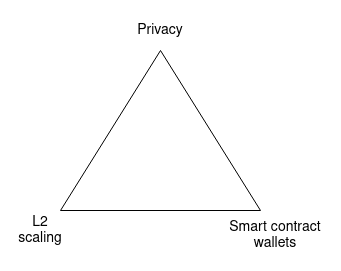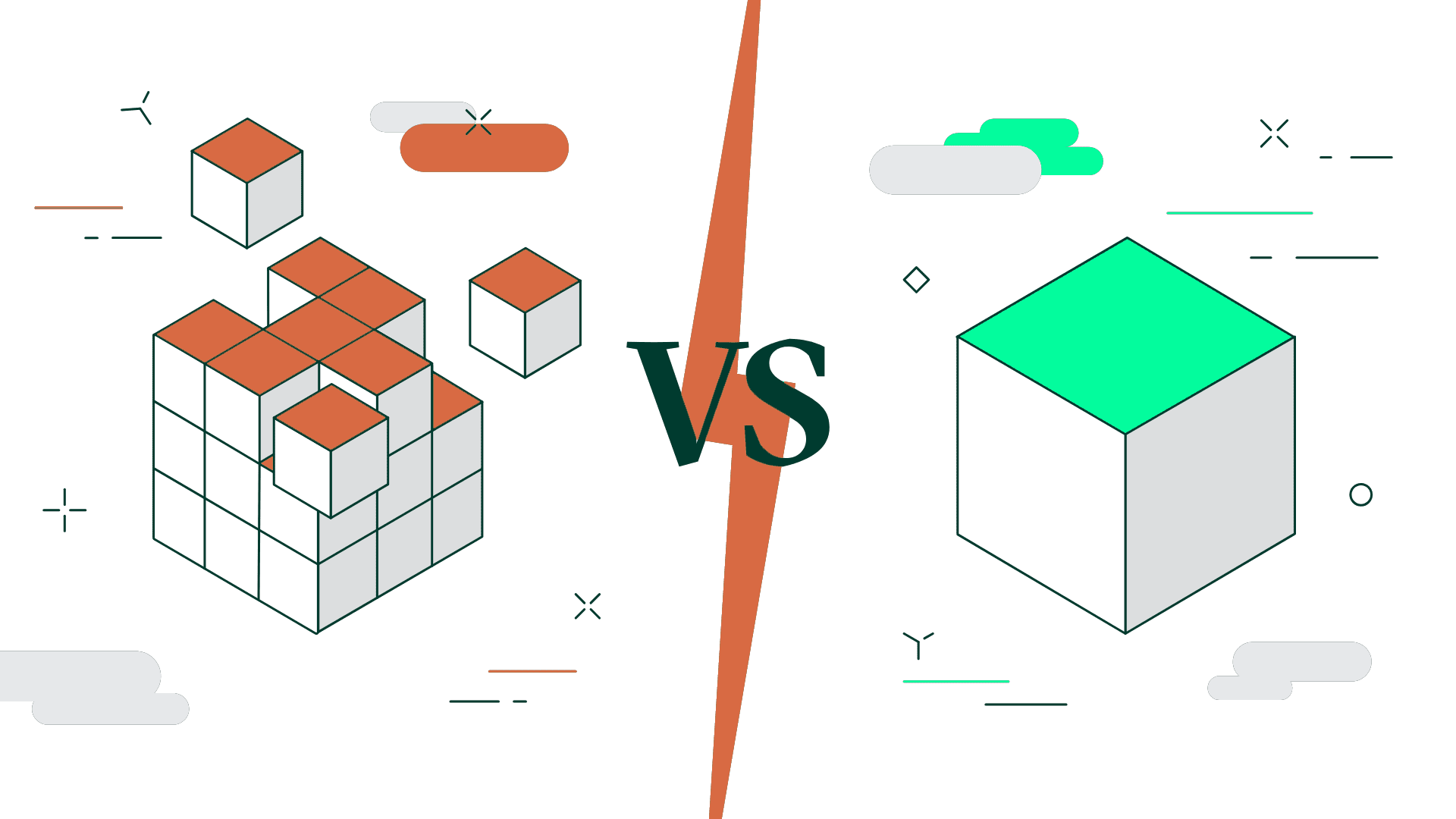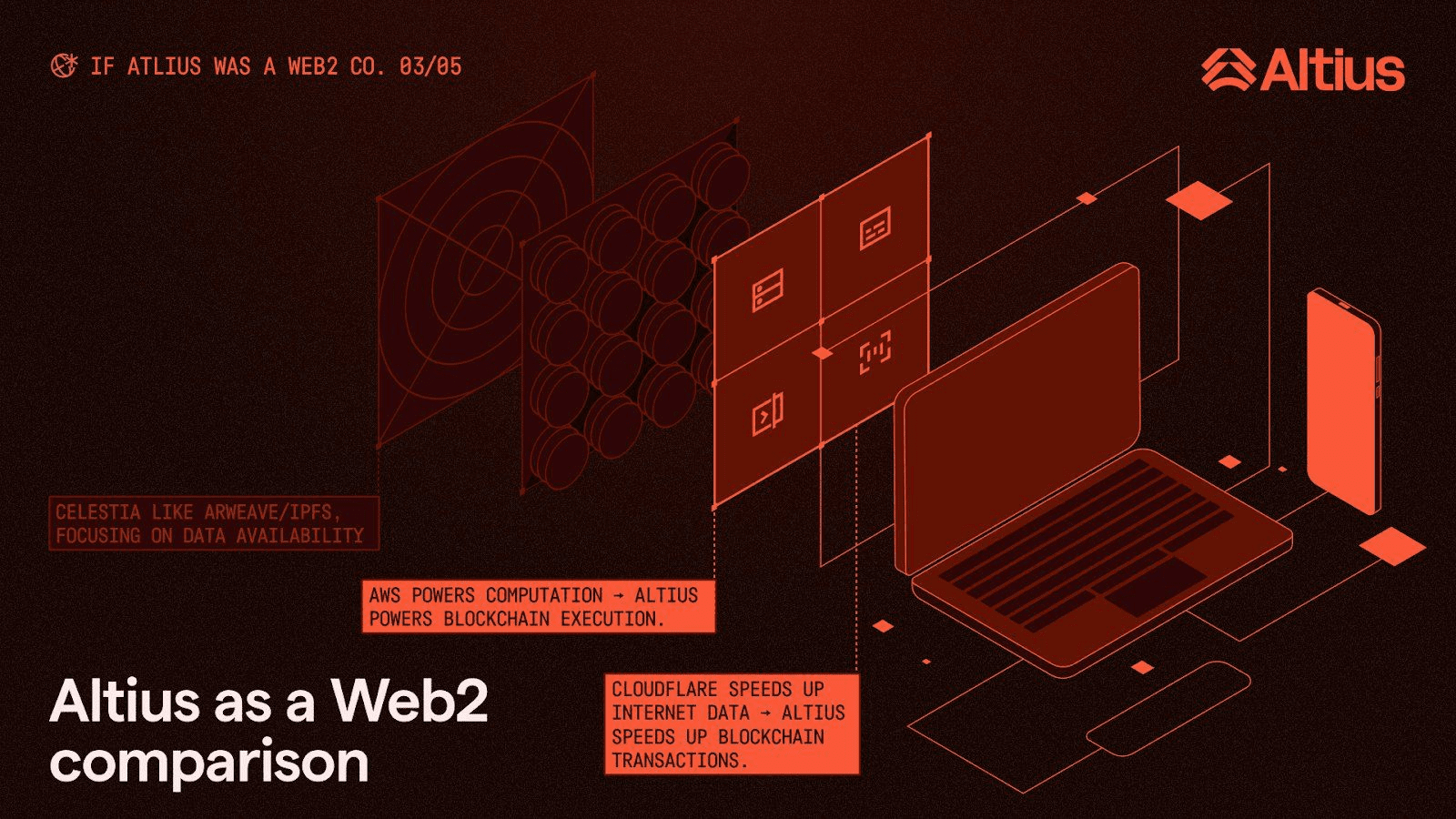Introduction to the execution layer in blockchain
The execution layer in blockchain is a core component responsible for processing transactions and executing smart contracts. This is where actual computations occur, updating the state of the blockchain based on transactions submitted by users. The execution layer ensures that all nodes in the network agree on state changes, maintaining the integrity and consistency of the blockchain. It plays a crucial role in supporting decentralized applications (dApps) and ensuring that transactions are processed accurately and securely.
The execution layer allows blockchains to manage large transaction volumes and complex tasks without increasing the burden on the network, contributing to improved performance and processing speed. This is foundational for applications such as DeFi, NFTs, and blockchain gaming, where high performance is critical.
The development process of the execution layer from past to present
The execution layer in the early stages of blockchain (2009-2014)
Bitcoin, introduced by Satoshi Nakamoto in 2009, is the first blockchain and laid the groundwork for the concept of an execution layer. In Bitcoin, the execution layer focuses on processing value transfer transactions through a simple scripting language. This language is not Turing-complete, meaning it is limited to basic computations like signature verification and time-lock conditions.
Key characteristics:
Simple transaction processing: Nodes validate transactions (e.g., valid signatures, no double spending) and update the ledger.
No support for complex logic: Bitcoin's Script only allows basic conditions, insufficiently flexible to support more complex applications like smart contracts.
Independent architecture (monolithic): The execution layer, consensus, and data availability are tightly integrated within the same system.
Limitations:
Low performance as transaction volume increases.
Limited scalability due to integrated design, requiring changes to the entire protocol to upgrade a layer.
Bitcoin's execution model has demonstrated the viability of blockchain as a decentralized system for transferring value. However, the lack of flexibility in the Script language has driven the development of next-generation blockchains, focusing on expanding the capabilities of the execution layer.
The emergence of smart contracts and Ethereum (2015-2020)
The emergence of Ethereum in 2015 marked a significant advancement in the history of the execution layer. Ethereum introduced the Ethereum Virtual Machine, enabling the execution of smart contracts with Turing-complete computation capabilities. This opened up the possibility of building decentralized applications on the blockchain.
Key characteristics:
Smart contracts: Programs that automatically execute when specified conditions are met, supporting applications like decentralized finance, blockchain gaming, and identity management.
EVM: A decentralized execution environment where smart contracts run on all full nodes in the network.
Independent architecture: Similar to Bitcoin, Ethereum integrates consensus, execution, and data availability layers, but with higher complexity due to smart contract support.
Ethereum has ushered in the era of programmable blockchains, driving the development of the dApp ecosystem. However, Ethereum's independent architecture has led to scalability issues, with transaction fees skyrocketing as the network becomes overloaded.
Limitations and challenges
Scalability: As the number of dApps and users increases, the Ethereum network experiences congestion, leading to slow transaction confirmation times and high costs.
Performance of the EVM: The EVM is designed to ensure security and decentralization but is not optimized for processing speed.
Dependence on VMs: Smart contracts can only be written in languages compatible with the EVM (like Solidity), limiting flexibility.
The shift to modular architecture (2017-present)
The scalability trilemma proposed by Vitalik Buterin emphasizes that a blockchain struggles to achieve all three factors: scalability, security, and decentralization simultaneously. The independent architecture of Bitcoin and Ethereum prioritizes security and decentralization but faces challenges in scaling.

Independent blockchains place collective responsibility on nodes, leading to low performance as transaction volumes increase.
The emergence of Polkadot (2017) and Cosmos (2019) marked a shift towards modular architecture, where consensus, execution, and data availability layers are separated. This allows each layer to be optimized independently, improving overall performance.
Polkadot:
Introduces the 'Relay Chain' and 'Parachains' model, where parachains are responsible for executing transactions, while the Relay Chain ensures consensus and interoperability.
The execution layer of parachains can be customized but still relies on specific virtual machines.
Cosmos:
Uses the Cosmos SDK to enable individual blockchains (zones) to process execution independently, connecting through the Inter-Blockchain Communication (IBC) protocol.
The execution layer in Cosmos is more flexible but is still tied to specific execution environments.
Dependence on specific virtual machines like the EVM has limited compatibility between blockchains. Recent projects like Fuel and Monad have introduced VM-independent execution layers, allowing blockchains to use various execution environments (e.g., WebAssembly, RISC-V) without being constrained by a single VM.
Fuel:
Fuel uses a parallel UTXO model to optimize execution performance, allowing for the simultaneous processing of multiple transactions.
Support for more popular programming languages through WebAssembly, reducing reliance on the EVM.
Monad:
An EVM-compatible blockchain but optimized for high performance, aiming to achieve thousands of transactions per second.
Using techniques like parallel execution and database optimization to increase processing speed.
VM-agnostic execution layers represent a significant advancement, providing flexibility and compatibility between different blockchain ecosystems.
The current state of the execution layer
Currently, the execution layer in blockchain can be found in both independent (monolithic) and modular architectures. In independent blockchains like Ethereum, the execution layer is tightly integrated with the consensus layer and the data availability layer, which can lead to scaling issues as the network grows.
For example, according to Vitalik, Ethereum's execution layer processes transactions sequentially, limiting its throughput to about 10-15 transactions per second (TPS), resulting in high transaction costs (around $3.75 per transaction, potentially rising to $82.48 during bull markets) and network congestion, impacting mass adoption.
In modular blockchains, the execution layer is separated from other components, allowing for specialization and optimization. Projects like Celestia focus on the data availability layer, while Dymension provides the settlement layer. This separation enables better scalability and performance since each layer can be developed and optimized independently.
However, even in modular designs, the execution layer remains a bottleneck for many blockchains. Issues like high transaction costs, network congestion, and limited scalability for complex applications persist.
Solutions like rollups and sharding have been proposed and implemented to mitigate these issues, but they often require trade-offs in decentralization or security, where Ethereum is said to achieve 10,000 TPS if the state tree is removed, but the real bottleneck lies in the execution layer and cryptographic evidence.
Altius's execution layer and its superiority
Altius is a pioneering blockchain project aiming to build a modular execution layer that is independent of any virtual machine (VM). This execution layer can flexibly integrate into Layer 1, Layer 2, or specialized application chains, providing high scalability without needing to adjust the consensus architecture of the parent chain.
At the core of Altius is the separation of the execution layer from the network structure, allowing performance upgrades without affecting the consensus layer. This approach effectively addresses issues like network congestion, high transaction costs, and scalability limitations.

Key features of Altius's execution layer:
Parallel execution: Altius applies instruction-level parallelism techniques, allowing for the simultaneous processing of multiple independent smart contract instructions. As a result, the system can achieve execution performance of up to 1-2 Giga gas per second — many times higher than current networks like Ethereum.
Scalable storage: The Parallel Scalable Storage mechanism splits and distributes state across multiple network nodes, supporting concurrent access when reading/writing data, ensuring low latency and high performance even as system scale increases.
VM-independent design: Altius supports a variety of execution environments such as EVM, MoveVM, CosmWasm, and WASM. This allows projects to easily integrate into the Altius ecosystem without changing their language or development environment.
Deterministic Concurrency: With the Static Single Assignment model, Altius ensures that parallel execution processes always yield consistent results, maintaining the integrity and safety of the chain state.
Comparison with other solutions
Unlike Fuel – which uses the UTXO model for parallel processing, or Monad – which leverages optimistic execution mechanisms, Altius stands out due to its ability to operate independently of VMs and integrate directly into existing blockchains without requiring changes to infrastructure or specialized hardware.
=> This approach provides superior flexibility and high adaptability to various ecosystems in the Web3 space.
Could Altius's execution layer be a historical milestone in blockchain?
Research indicates that Altius's execution layer has the potential to become a historical milestone in blockchain technology. By providing a modular, VM-independent execution layer, Altius addresses one of the industry's greatest challenges: scalability without sacrificing security or decentralization.

The ability to integrate Altius into existing chains means that developers and projects do not have to build their own execution layer from scratch, which often requires significant resources and time. This could lead to an increase in high-performance blockchains, each benefiting from Altius's optimized execution capabilities.
Furthermore, Altius's focus on interoperability through a VM-independent design could break down barriers between different blockchain ecosystems, fostering a more connected and efficient Web3 landscape.
Could Altius be the AWS of Web3?
AWS revolutionized cloud computing by providing a comprehensive suite of services that allow businesses to build and scale applications without managing underlying infrastructure, as seen in the historical development of AWS since 2006. Similarly, Altius can serve as a platform for Web3 applications, providing a standard, high-performance execution layer that developers can rely on.
By abstracting the complexities of developing the execution layer, Altius allows developers to focus on building innovative decentralized applications rather than worrying about performance bottlenecks. This could drive the adoption of Web3 technologies, making them more accessible and efficient for both developers and users.
